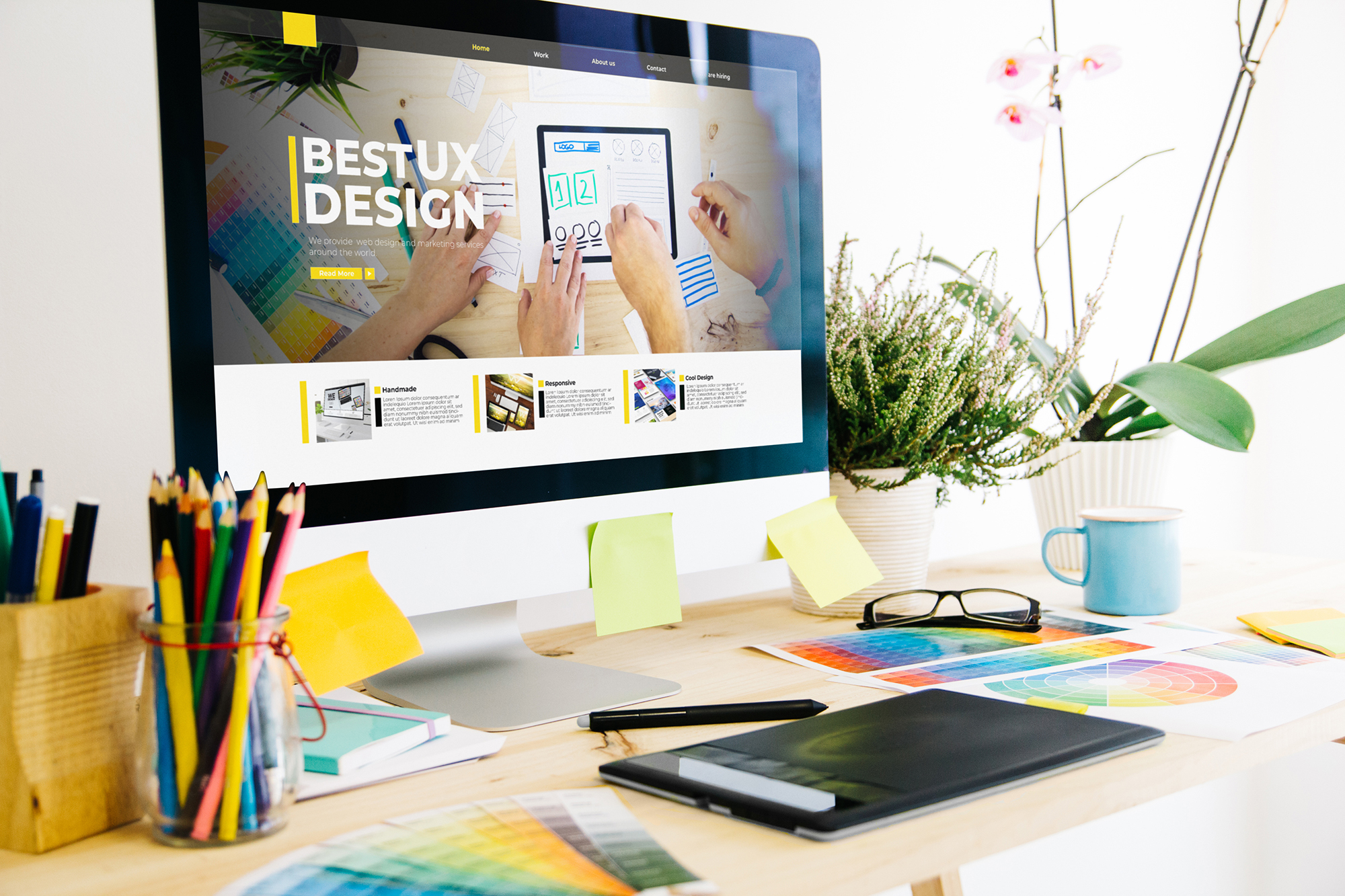
Designing eLearning
In eLearning, design can refer either to graphic design or instructional design, and both play an important role in the success of an eLearning project.
Good graphic design ensures that your course is pleasant to look at. However, it includes more than pretty illustrations and icons. It’s also essential to think about spacing, color choices, typeface and many other aspects that affect readability and perception.
Therefore, the key to successful eLearning design is finding a balance between beauty and usability. Your course may be good-looking, but it won’t matter if the learner cannot figure out how to navigate the content. At the same time, even the most interesting and valuable content in the world won’t engage learners if it is presented in an unappealing way.
This is where graphic design must collaborate with instructional design which involves structuring the content in a way that supports comprehension and learning.
Good design
What is good design? There is no single answer to this question; however, there are a few important aspects that we can consider.
Innovation vs Convention
Some people believe that, to create something excellent, you must always innovate. However, conventional design patterns exist for a reason – they are tested, and they work. You must consider this issue from the user’s point of view – they spend their days navigating various sites and applications and are used to certain layout patterns. Building on previous experiences will help users, while novelties can cause confusion. Therefore, if you decide to go against convention, there must be a good reason for it.
Problem-solving and communication
Design must always be purposeful. The choices you make should support the goal of the eLearning course – whether it is to inspire, to inform, to change behavior or something else. Good design is about effective communication with the user.
Delight
Finally, despite all the talk about functionality and usability, good design should also bring delight and enjoyment. Beautiful and modern design makes people feel good, especially if it is meaningful and aims to connect with the target audience.
Design principles
Although there are many components that make up good design, there are a few basic principles that are relevant for producing a well-designed eLearning course.
Typography
Text is an undeniably dominant medium of information which is delivered to us by means of typography. Typography is both aesthetic and functional. Typography in the UI (headings, titles, buttons etc.) can invoke an action as well as guide and help users throughout the course.
In terms of aesthetics, typefaces play an important role in branding and showing the unique qualities of a brand.
When it comes to choosing typefaces for your eLearning project, remember that less is more. It is completely sufficient to use one or two fonts repeatedly in different styles.
Color
Color is a very powerful tool of communication. It is also very complex in nature. You need to think about contrast, legibility, perception, and many other factors. If you’re not an experienced designer, you may want to look into guides on color theory and perception to gain a deeper understanding of using color effectively.
Images
It is a well-known practice to insert images in eLearning to make it more good-looking as well as provide some relief from reading text. Ideally, we should avoid images that lack context or are literal in meaning. Instead, attempt to select images that are related to the context of the design.
Icons
A list is a common way of structuring information. For a list to capture our attention, it’s advisable to add a visual element to it. This is where icons come into play. When used effectively, icons can motivate a user to do what we expect from them. Well-designed icons serve a universal language that can deliver any message to anyone without ambiguity.
Balance and layout
Balance refers to the equal distribution of visual weight. It is affected by such elements as color, size, number, and negative space. The most common way to incorporate balance into digital designs is in the layout.
Hierarchy
Hierarchy helps the user to determine what items are the most important. This is achieved by making them larger, bolder etc.